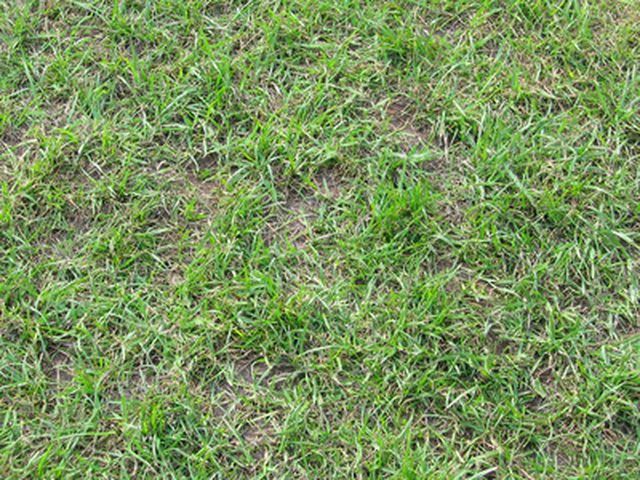Bulbs
Flower Basics
Flower Beds & Specialty Gardens
Flower Garden
Garden Furniture
Garden Gnomes
Garden Seeds
Garden Sheds
Garden Statues
Garden Tools & Supplies
Gardening Basics
Green & Organic
Groundcovers & Vines
Growing Annuals
Growing Basil
Growing Beans
Growing Berries
Growing Blueberries
Growing Cactus
Growing Corn
Growing Cotton
Growing Edibles
Growing Flowers
Growing Garlic
Growing Grapes
Growing Grass
Growing Herbs
Growing Jasmine
Growing Mint
Growing Mushrooms
Orchids
Growing Peanuts
Growing Perennials
Growing Plants
Growing Rosemary
Growing Roses
Growing Strawberries
Growing Sunflowers
Growing Thyme
Growing Tomatoes
Growing Tulips
Growing Vegetables
Herb Basics
Herb Garden
Indoor Growing
Landscaping Basics
Landscaping Patios
Landscaping Plants
Landscaping Shrubs
Landscaping Trees
Landscaping Walks & Pathways
Lawn Basics
Lawn Maintenance
Lawn Mowers
Lawn Ornaments
Lawn Planting
Lawn Tools
Outdoor Growing
Overall Landscape Planning
Pests, Weeds & Problems
Plant Basics
Rock Garden
Rose Garden
Shrubs
Soil
Specialty Gardens
Trees
Vegetable Garden
Yard Maintenance
How to Get Rid of Grass Fleas
How to Get Rid of Grass Fleas. One of the toughest challenges facing pet owners is combating fleas. While fleas on pets can be a nuisance, in addition to spreading harmful diseases, pets can also bring fleas into your home, causing a quick-spreading infestation in your carpet, bedding and furniture. In order to combat these problems, you need to...

One of the toughest challenges facing pet owners is combating fleas. While fleas on pets can be a nuisance, in addition to spreading harmful diseases, pets can also bring fleas into your home, causing a quick-spreading infestation in your carpet, bedding and furniture. In order to combat these problems, you need to utilize several flea-killing techniques to remove fleas from your pets and kill the fleas that are living in your lawn and soil.
Things You'll Need
Insecticide
Flea comb
Flea bath treatment
Advantix or Frontline
Vacuum
Borox spray
Spray your entire lawn or grassy areas, including bushes and trees, with an insecticide specifically designed to kill fleas. If you have pets or small children, avoid insecticides with toxic chemicals, such as Malathion, which can be harmful. Try to use organic insecticides, such as a soluble neem-based product. Other good nontoxic insecticides for combating fleas are Interrupt and ANTidote, which also kill fire ants.
Remove fleas from your pets with a flea comb or flea bath treatment, which you can purchase from your veterinary doctor or pet store. If your pet has a flea infestation, it is absolutely necessary to remove the fleas from his or her hair, because not only will the fleas spread inside of your home, they can get back outside into the grass as soon as your pet goes outside. After you have treated your pet's fleas, use a product like Frontline or Advantix to keep your pet free of fleas during the season, which will also keep your home free of fleas.
Vacuum your home regularly and throw away the vacuum bag. If you don't throw away the bag, flea eggs can hatch and reinfest your home and pet.
Spray Borox or another flea-control treatment on your lawn every two weeks during the warmer months even after your initial insecticide treatment. This should deter fleas from returning.
Tips & Warnings
Do not use harmful insecticide chemicals in homes with small children or pets, as they can be harmful and cause illness. If your home has a large infestation of fleas, you should consider contacting a pest-control expert, who will remove the fleas from your home and lawn in a safe manner.